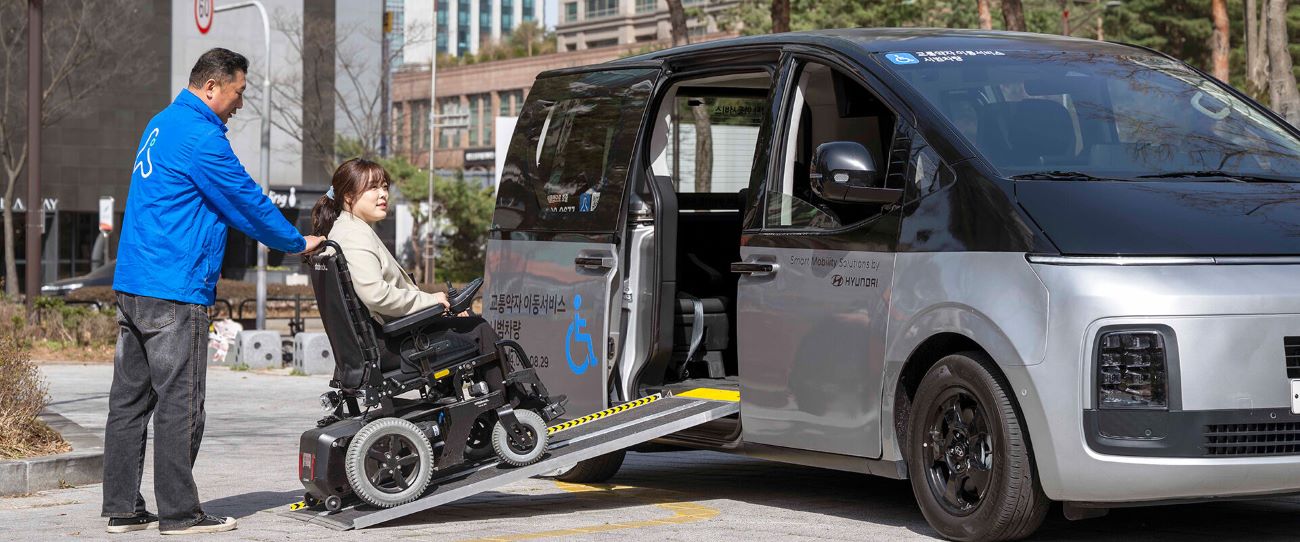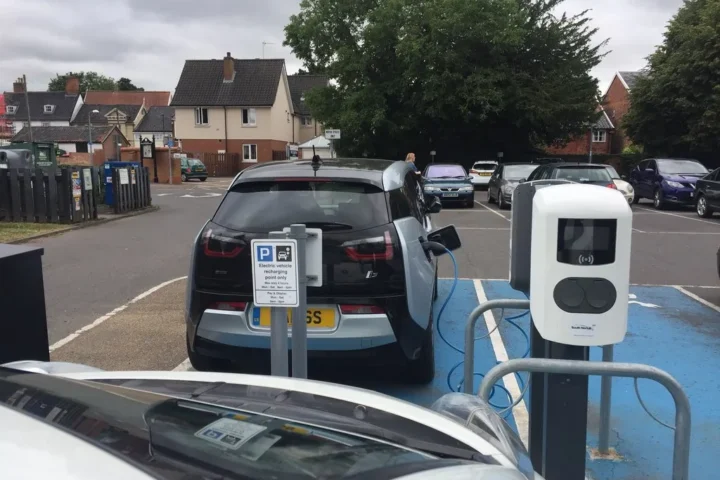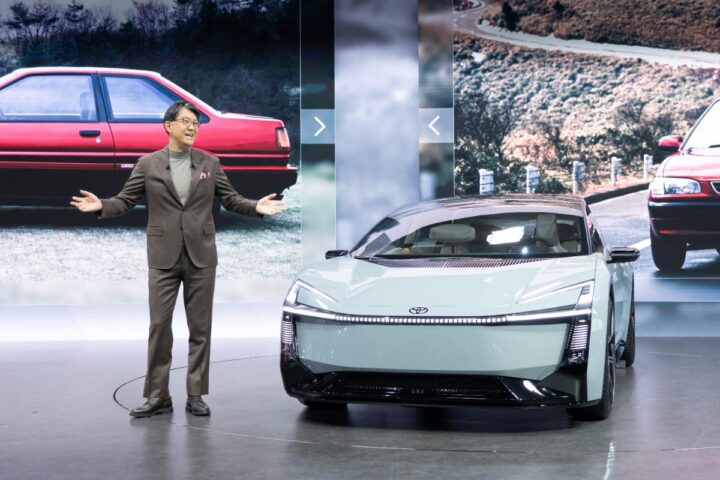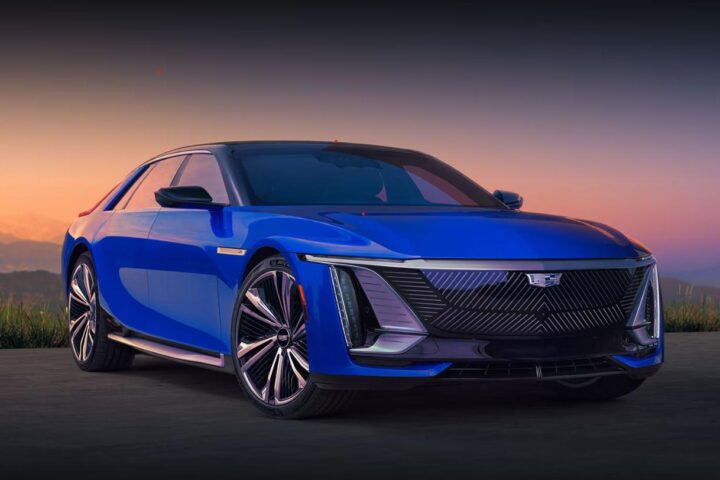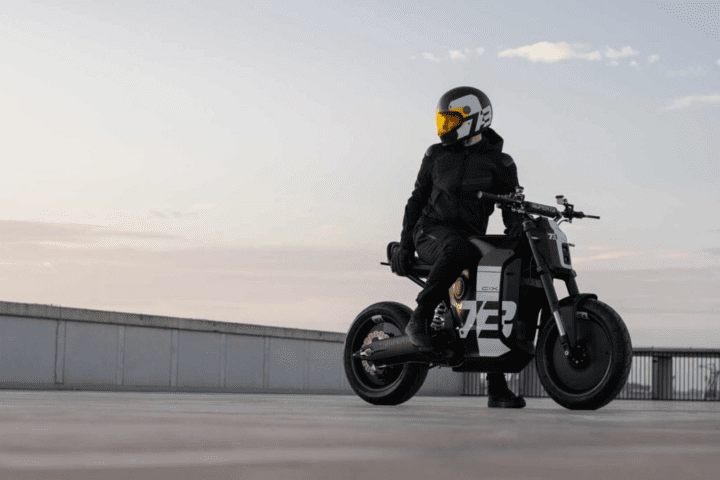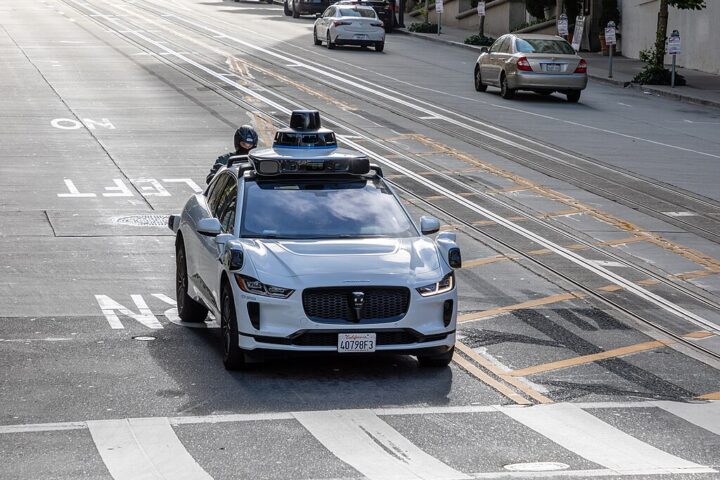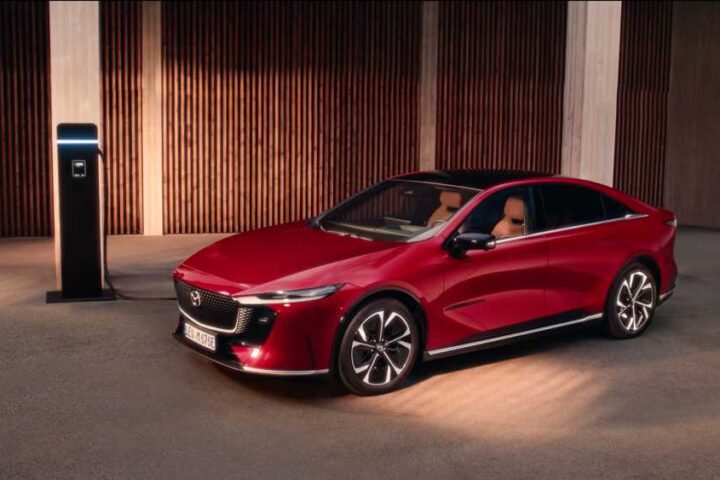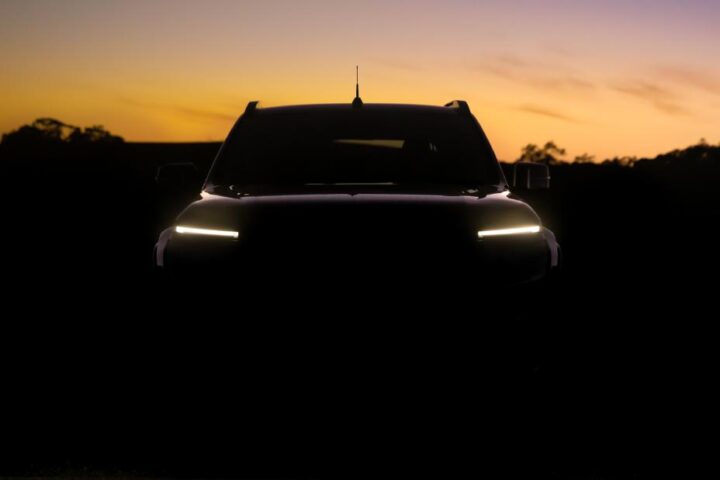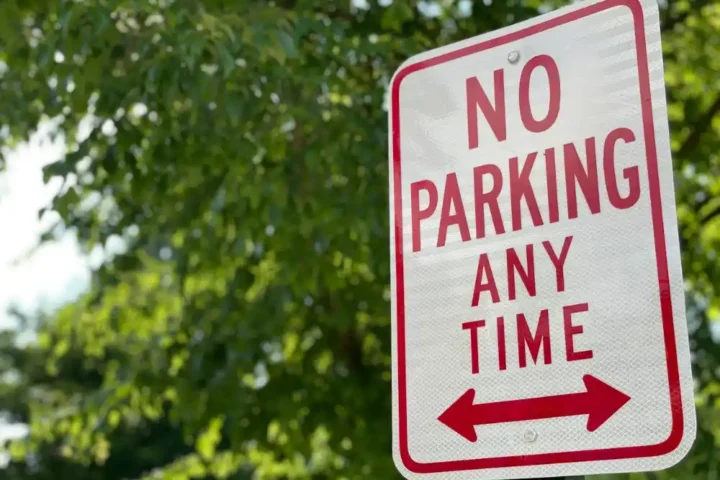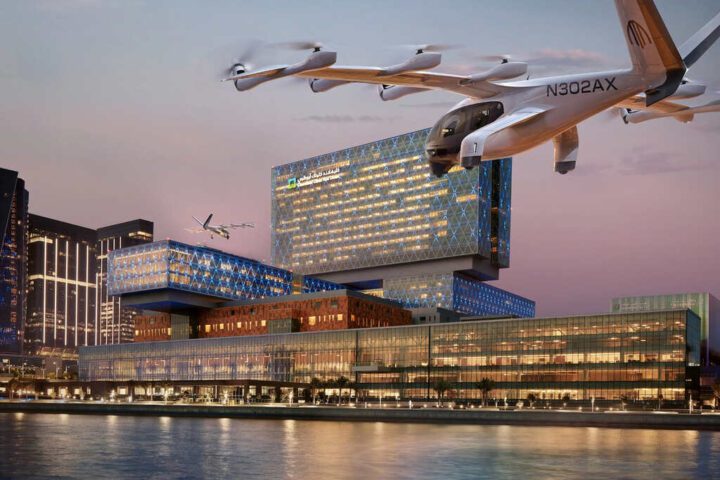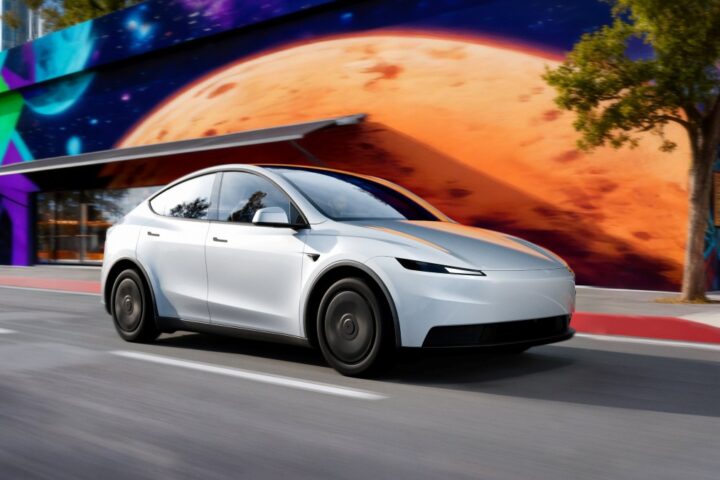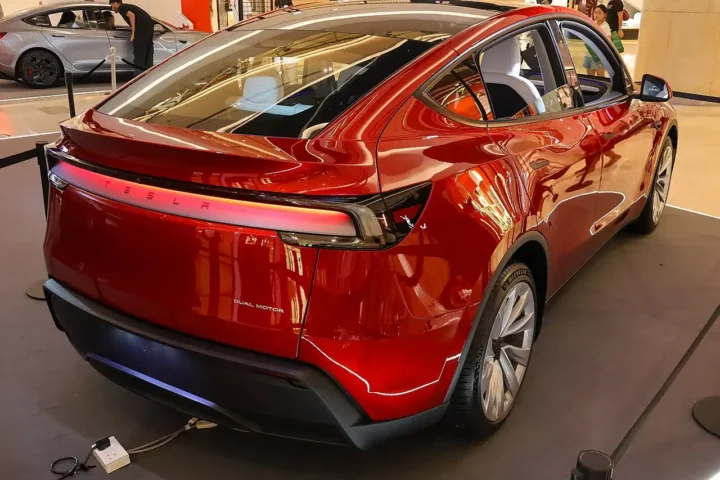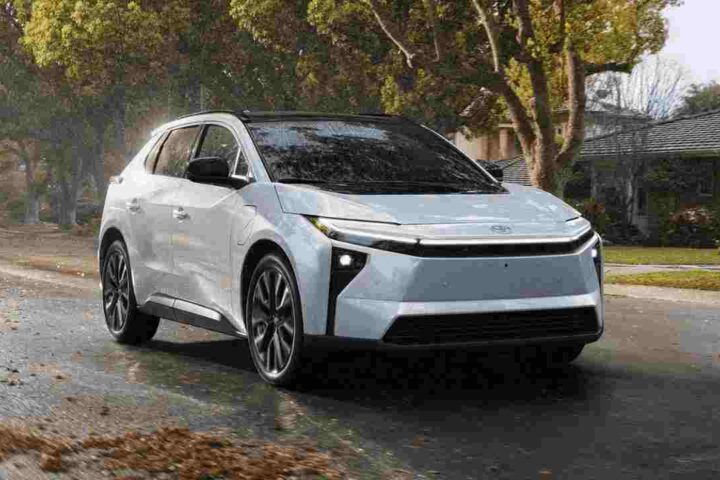Hyundai Motor has started a five-month project in Dongtan, South Korea that makes daily travel easier for people with disabilities. The April 2025 initiative features specially designed vehicles and a smart app working together to solve transportation problems many disabled people face daily.
The project centers around a vehicle called the R1, which fixes a major problem with current disability transportation. Most existing services force wheelchair users to enter through the back and sit separately. Hyundai’s R1 allows side-door boarding so passengers with mobility aids can sit next to up to two companions, making the experience more dignified and social.
For people with vision or hearing disabilities, the R1 includes helpful features like high-contrast display settings and a tablet in the back seat. This tablet lets passengers easily text with drivers, removing communication barriers that often make travel stressful.
“This project combines designated mobility devices with universal design to provide an even better mobility experience for those with difficulty traveling,” says Sooyoung Kim, who leads Hyundai’s Mobility Business Group.
The vehicle works with an app called Shucle that uses artificial intelligence to match riders with vehicles quickly. The system cuts down wait times by adjusting routes based on real-time requests. This means more flexibility and less time spent waiting—a big improvement for people who might struggle to stand for long periods or need to travel on short notice.
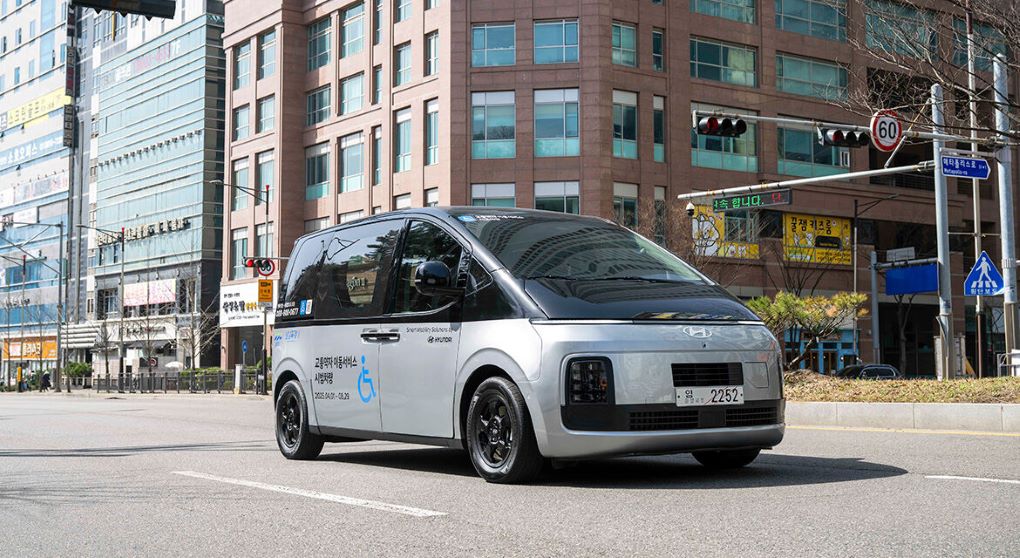
The project includes a free ride program for people who already use voucher taxis. They can take up to two free rides daily by simply creating an electronic voucher through the Shucle app. This eliminates the hassle of contacting a support center for approval before each trip.
Similar Posts
Hyundai isn’t new to developing transportation for people with disabilities. In 2021, they ran a similar test called “Enable LA,” which gave them insights they’ve applied to this current project.
While the service appears primarily designed for people with mobility challenges, vision impairments, and hearing disabilities, the sources don’t specify whether others can use it too. The demonstration is currently limited to one South Korean city, with no announced plans for expansion or future pricing structure once the free voucher period ends.
About 1.3 billion people worldwide live with significant disabilities—roughly 16% of all people. Many struggle to access reliable transportation, which limits their ability to work, see doctors, and participate in community life.

With global aging accelerating and the number of people over 60 expected to reach 2.1 billion by 2050, transportation solutions like Hyundai’s will likely become even more important. The company plans to use data from this project to improve their systems before any wider rollout.
This project fits into Hyundai’s larger goal of becoming more than just a car manufacturer. The company is expanding into various mobility solutions including robotics and specialized vehicles designed for different needs.
